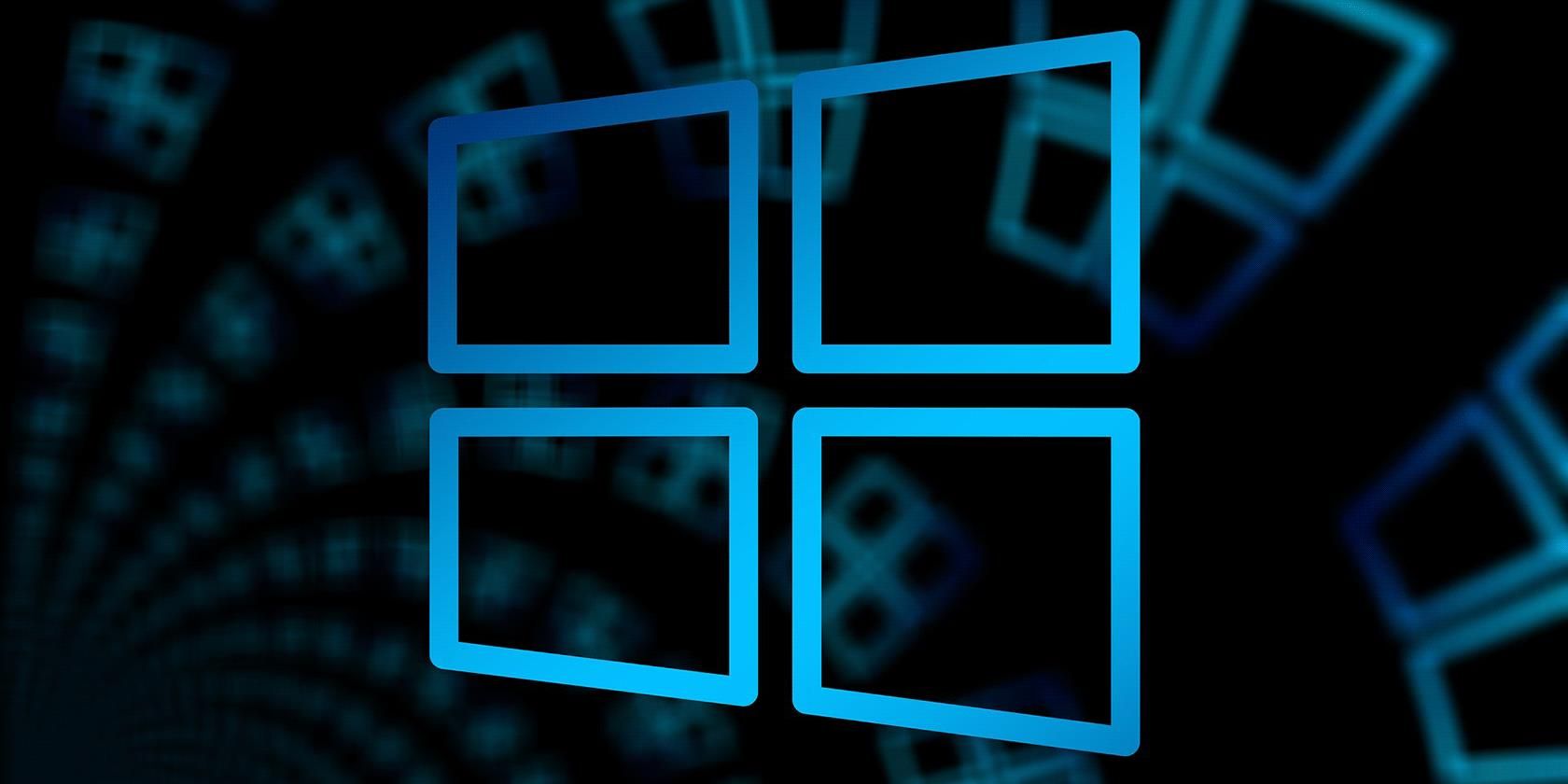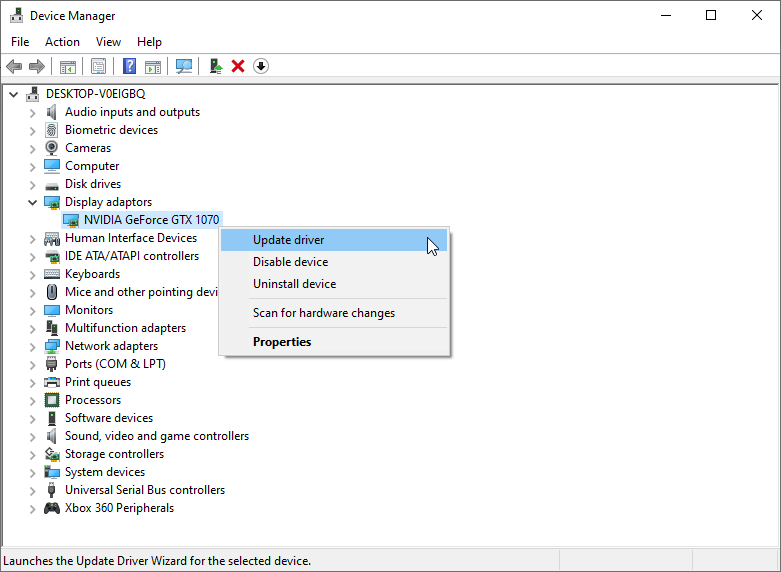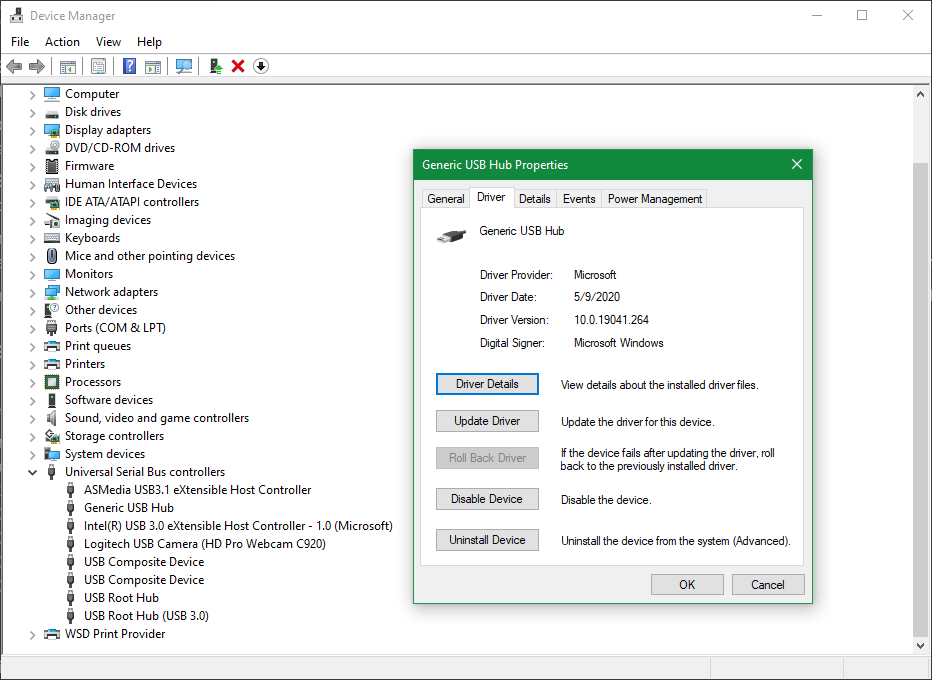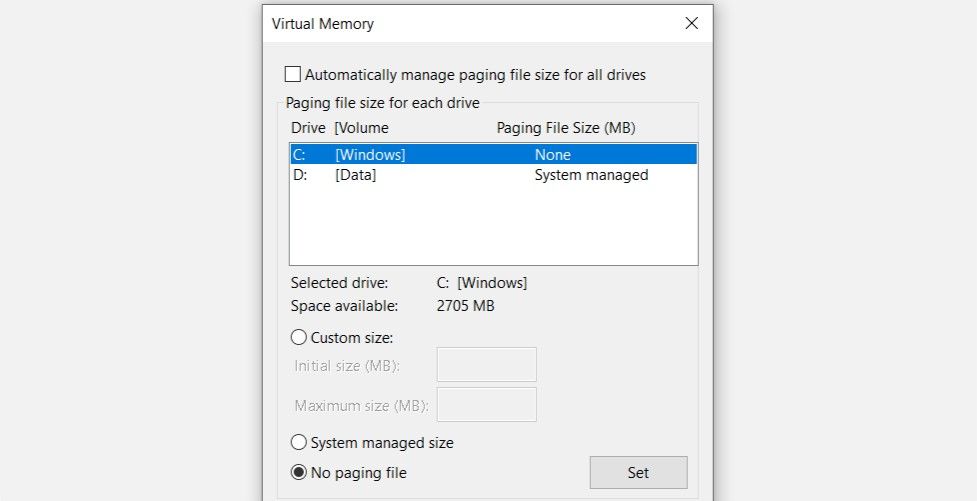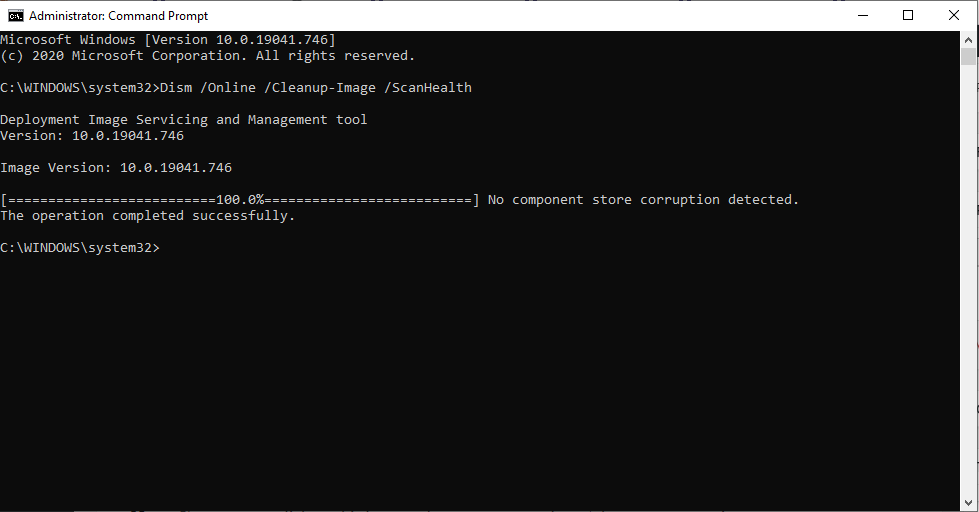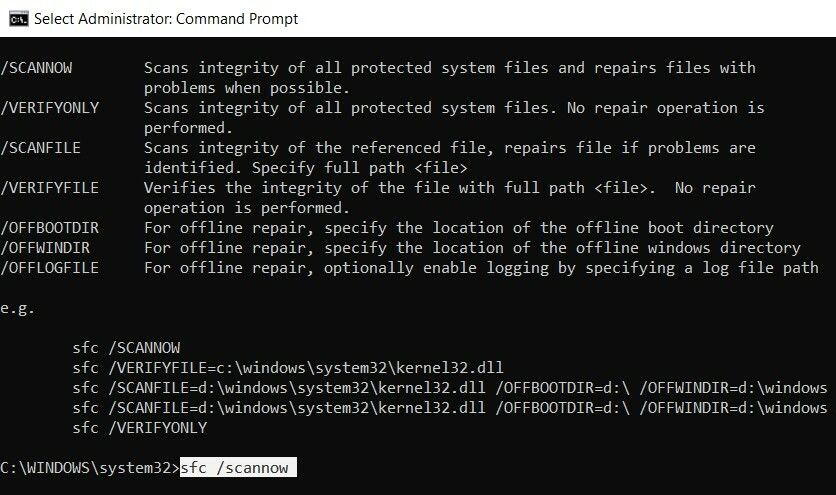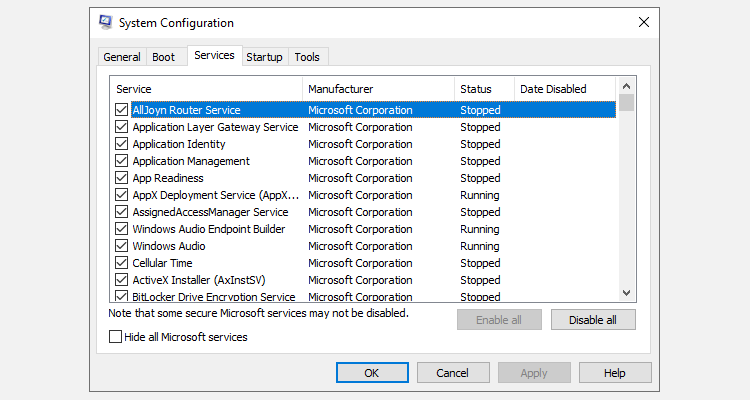Most critical errors in Windows 10 are the result of software faults or malfunctioning drivers. But the Page Fault in Nonpaged Area crash is usually the result of problems in the hardware—specifically the RAM. The error can also be attributed to Windows' mismanagement of the virtual memory.
Thus, to eliminate this, users will have to diagnose both hardware and software faults.
Here are six ways you can fix the PAGE_FAULT_IN_NONPAGED_AREA blue screen of death.
1. Check the RAM
If you've made any recent hardware changes to your computer, then it's worth checking to see whether everything was properly slotted in.
Sometimes, new RAM sticks can be faulty, or even old ones may malfunction. Here are some things you can do to check the RAM. Remember to turn off our computer and disconnect all wiring from wall sockets before proceeding.
- If you are using two RAM sticks, try switching the slots.
- If you're using a single RAM chip, then remove any dust that may have accumulated.
- If you have some spare RAM modules lying about, then try replacing the RAM and rebooting the PC. If the error doesn't appear, then it's the RAM that's faulty.
- Try using one RAM slot only.
2. Update or Rollback Drivers
Faulty drivers can wreak havoc on your computer. That's why it's best to keep your drivers updated to the latest version. Sometimes these updates may be unstable, which can wreak havoc on your computer. In such cases, it's best to roll back to a previous version.
How to Update Drivers Using Device Manager
The Device Manager is by far the most effective way to keep your system drivers updated.
In the case of Page Fault in Nonpaged Area BSOD, it's usually the graphics or chipset drivers at fault. The graphics drivers are found under Display adapters in the Device Manager, and the chipset drivers are found under System devices.
Here's how you can use the Device Manager to update your device drivers manually:
- Press Windows Key + R to open the Run dialog box. Type devmgmt.msc and press Enter.
- In the Device Manager window, look for the drivers you want to update and expand the menu.
- Then right-click on the required driver and click on Update driver.
- In the next window, click on Search automatically for updated driver software.
- Windows will automatically download and install the latest drivers.
How to Roll Back Drivers Using Device Manager
As mentioned earlier, there are instances when new drivers may be unstable. This is how you can roll back recent updates using the Device Manager:
- Press Windows Key + R to launch the Run command. Type devmgmt.msc and press Enter.
- In the Device Manager, expand the section which contains the drivers. Right-click on the desired driver and select Properties.
- Under the Driver tab, click on Roll Back driver.
3. Disable Automatic Management of Paging File Size
This method has a high success rate for fixing the PAGE_FAULT_IN_NONPAGED_AREA crash because it directly deals with the virtual memory. Windows usually manages the paging file size, but if it's causing your system to crash, it's best to disable it:
- Go to File Explorer and right-click on This PC. Select Properties.
- On the panel of the left, click on Advanced system settings. You'll need administrator privileges to do so.
- In System Properties, click on the Advanced tab. Under the Performance section, click on Settings.
- In the Performance Options window, navigate to the Advanced tab.
- In the Virtual Memory section, click on Change.
- Uncheck the Automatically manage paging file size for all drives option and click on OK.
- Apply all settings and reboot your computer.
If the PC works fine after a reboot, leave the settings as they are, but if the error persists, it's advisable to revert the changes and check the Automatically manage paging file size for all drives option.
4. Run the Windows Memory Diagnostic Tool
The Windows Memory Diagnostic is an in-built Windows utility that checks and repairs problems in the RAM. It's easy to use and highly effective. Here's how you can use it.
- In the Start menu search bar, type "Windows Memory Diagnostic" and select the Best Match.
- You can either choose to Restart now and check for problems or do so the next time you start your computer. It's recommended you choose the first option.
5. Use DISM and SFC to Repair Corrupt System Files
DISM and SFC are the two most effective utilities for repairing system files. Since there are endless possibilities as to what may be causing the error, it's recommended that you use both these utilities.
How to Run DISM
- In the Start menu search bar, type cmd and right-click on Command Prompt > Run as administrator.
- In the console, type DISM /Online /Cleanup-Image /CheckHealth and press Enter.
- Then type DISM /Online /Cleanup-Image /RestoreHealth and hit Enter.
- Wait for the process to complete and exit Command Prompt.
How to Run SFC
- Follow step 1 in the preceding section to run Command Prompt as administrator.
- In the console, type SFC /scannow and press Enter.
- Wait for Windows to scan and fix the errors.
- Restart your computer.
6. Disable Third-Party Software
Many times, third-party software interferes with system functionality and can cause blue screen errors such as the PAGE_FAULT_IN_NONPAGED_AREA. In this case, users should perform a clean boot to rule out third-party applications as the cause of this error.
How to Perform a Clean Boot
- Press Windows Key + R to open the Run command. Type msconfig and press Enter.
- In the System Configuration window, go to the Service tab.
- Check the Hide all Microsoft services option located at the bottom.
- Check all services from the list in the center, and click on Disable all.
- Save and exit.
- Now, open Task Manager. You can do this by pressing CTRL + Shift + ESC
- Under the Startup tab, click on each program and then click Disable.
- Exit and reboot your computer.
If the error is resolved, it means that a third-party application was causing the problem. You should uninstall any recently installed applications to prevent this from happening in the future.
You've Fixed the Page Fault In NonPaged Area Error
The fixes mentioned above are an easy way to resolve the PAGE_FAULT_IN_NONPAGED_AREA BSOD. If you have faulty hardware, double-check whether it is compatible with your PC and then get it replaced by an authorized service center.

